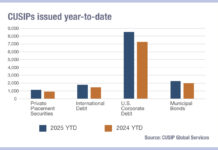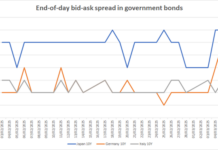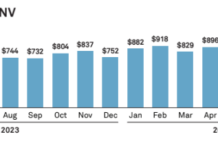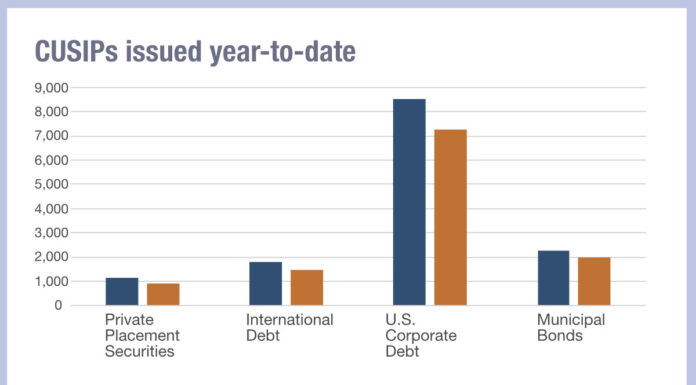New US Treasury market regulations still have validity, ten years after the market’s infamous ‘flash jump’, as its need for resilience reflects multiple challenges and changes, observed participants at the Fixed Income Leaders’ Summit in Boston on Friday 14 June.

However, these new rules do also raise questions for buy-side traders. Bhas Nalabothula, head of US institutional rates at Tradeweb said “We are definitely seeing [dealer-to-dealer and dealer-to-client] markets intersecting, especially around non-banking liquidity providers being such a key and critical portion of the Treasury market. They’ve always been in the dealer-to-dealer system in the landscape. They are now more focused on building out franchises that are directly customer facing.”
Although new clearing rules, slated for cash bond trades in mid-2025, would largely not impact buy-side trading desks, repo clearing rules in 2026 would hit those firms he noted, and there were lots of questions still to be answered. “I think things will become little bit more confusing and more complicated, especially around the repo side,” Nalabothula said. “People need to get them more informed and we are trying to help with that, but there’s a lot to cover.”

The fact that non-bank liquidity providers were caught by them created implications for asset managers too, said Michael Winnike, director, market structure, at BlackRock, as the rules redefined market makers. “I think that dealer definition is a big change that’s going to come,” he said. “While big electronic markets makers are expected to be identified as dealers, arguably some of the big buy-side firms who act more opportunistically, could potentially run afoul of these dealer registration requirements. So getting further clarity on what the boundaries are on behaviour is important.”
Surprise might also be found around reporting requirements, he noted as it appeared that the net but be thrown quite wide. “I think it’s going to capture quite a bit of the buy side, and that’s another area where the industry may need an extension from the financial regulators. To report their bilateral repo transactions, financial companies, being asset managers and funds, are highly likely to have a big reporting obligation that they have to comply with, in less than a year’s time. That is seriously challenging from our perspective.”
Nalabothula, closed by observing that despite changes to market structure, it was still a traditional bond business at heart. “It is important to reflect that the relationship part of this market, especially for larger transactions, risk transfers and offering of securities has not changed,” he said. “That is still a really important part of this market and we’re very focused on continuing to improve that part of the liquidity piece too.”
©Markets Media Europe 2024
©Markets Media Europe 2025


























